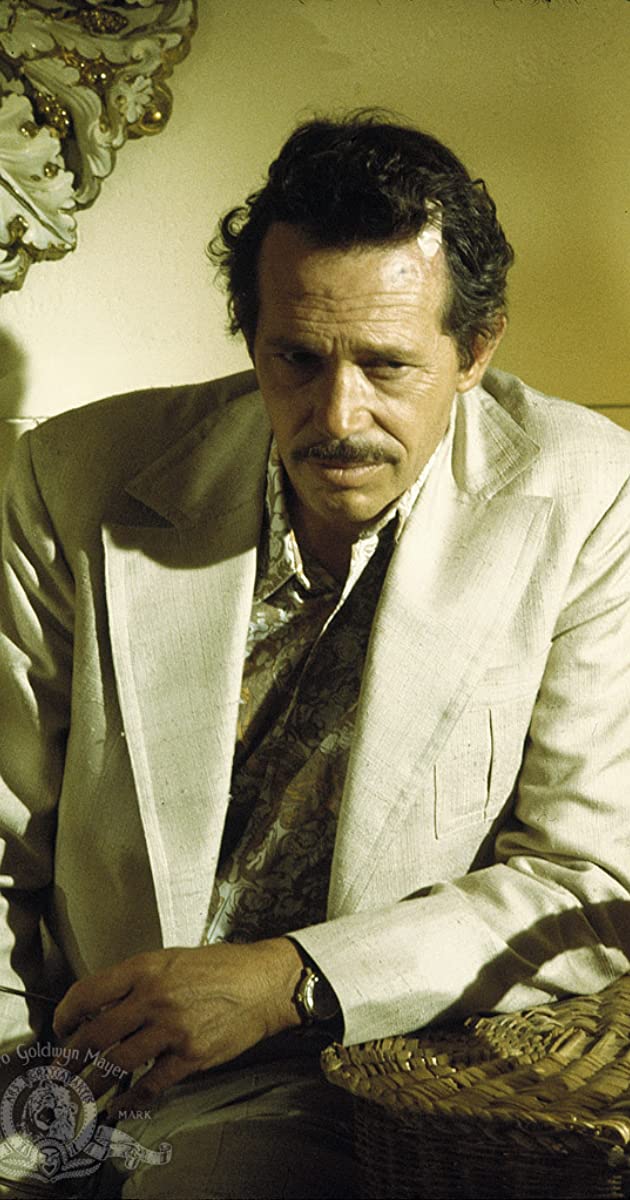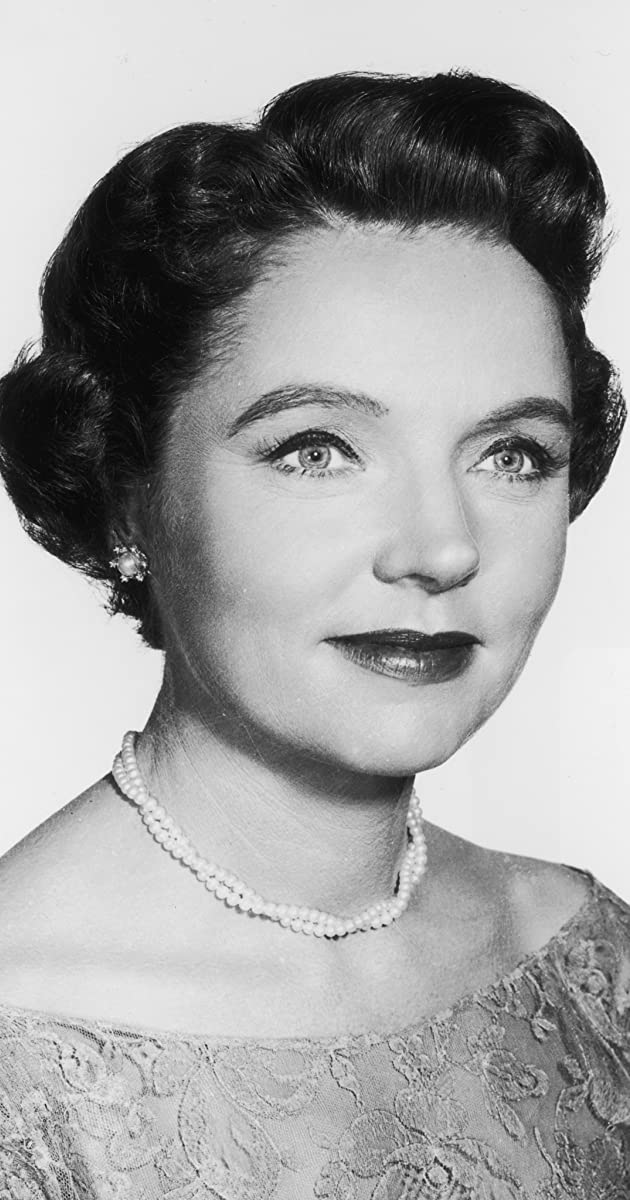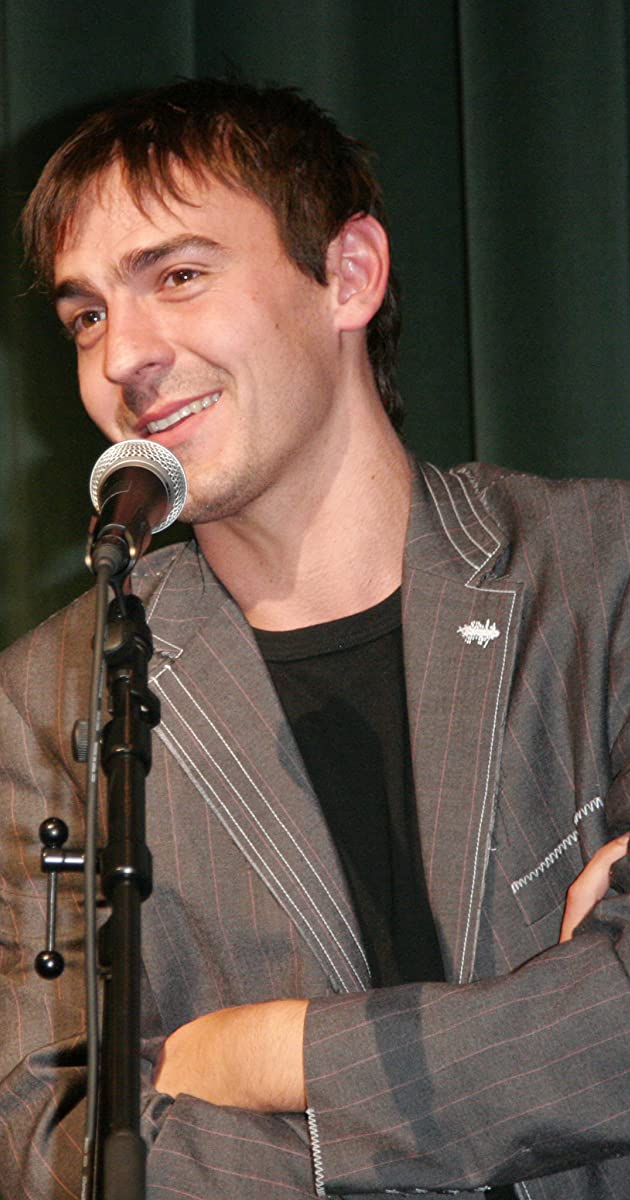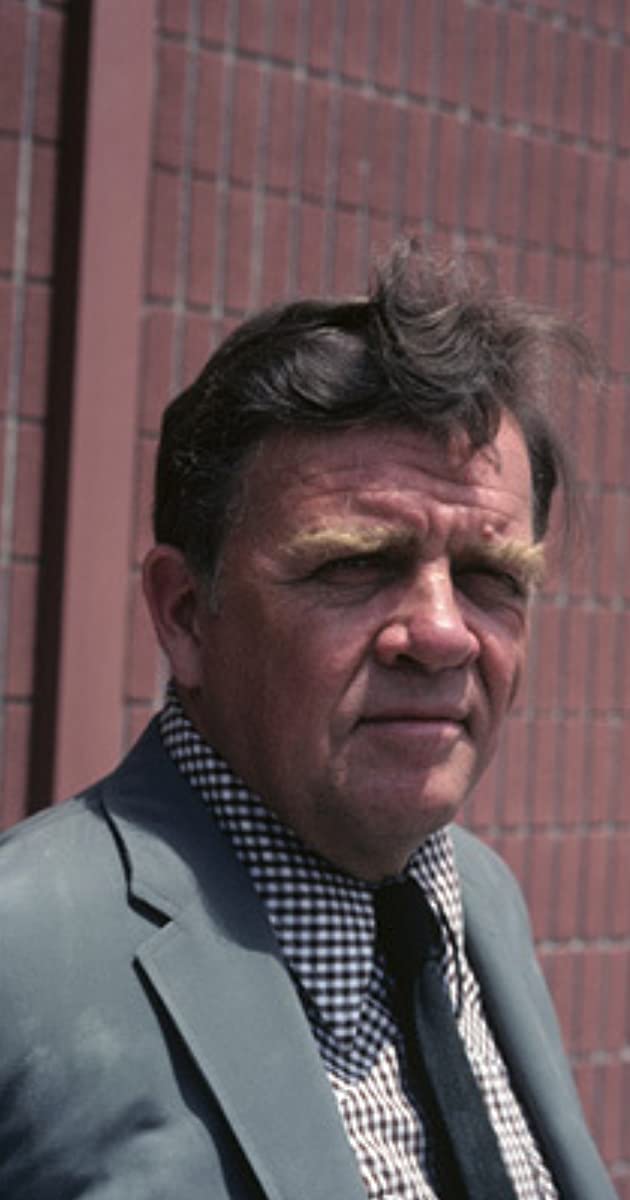
Warren Oates was an American character actor of the 1960s and 1970s and early 1980s whose distinctive style and intensity brought him to offbeat leading roles.
Oates was born in Depoy, a very small Kentucky town. He was the son of Sarah Alice (Mercer) and Bayless Earle Oates, a general store owner. He attended high school in Louisville, continuing on to the University of Louisville and military service with the U.S. Marines.
In college he became interested in the theatre and in 1954 headed for New York to make his mark as an actor. However, his first real job in television was, as it had been for James Dean before him, testing the contest gags on the game show Beat the Clock (1950). He did numerous menial jobs while auditioning, including serving as the hat-check man at the nightclub “21”.
By 1957 he had begun appearing in live dramas such as Studio One (1948), but Oates’ rural drawl seemed more fitted for the Westerns that were proliferating on the big screen at the time, so he moved to Hollywood and immediately stared getting steady work as an increasingly prominent supporting player, often as either craven or vicious types. With his role as one of the Hammond brothers in the Sam Peckinpah masterpiece Ride the High Country (1962), Oates found a niche both as an actor and as a colleague of one of the most distinguished and distinctive directors of the period. Peckinpah used Oates repeatedly, and Oates, in large part due to the prominence given him by Peckinpah, became one of those rare character actors whose name and face is as familiar as those of many leading stars. He began to play roles which, while still character parts, were also leads, particularly in cult hits like Two-Lane Blacktop (1971) and Bring Me the Head of Alfredo Garcia (1974).
Although never destined to be a traditional leading man, Oates remained one of Hollywood’s most valued and in-demand character players up until his sudden death from a heart attack on April 3, 1982 at the age of 53. His final two films, Tough Enough (1983) (filmed in late 1981) and Blue Thunder (1983) (filmed in early 1980), were released over one year after his death and were dedicated to his memory.


